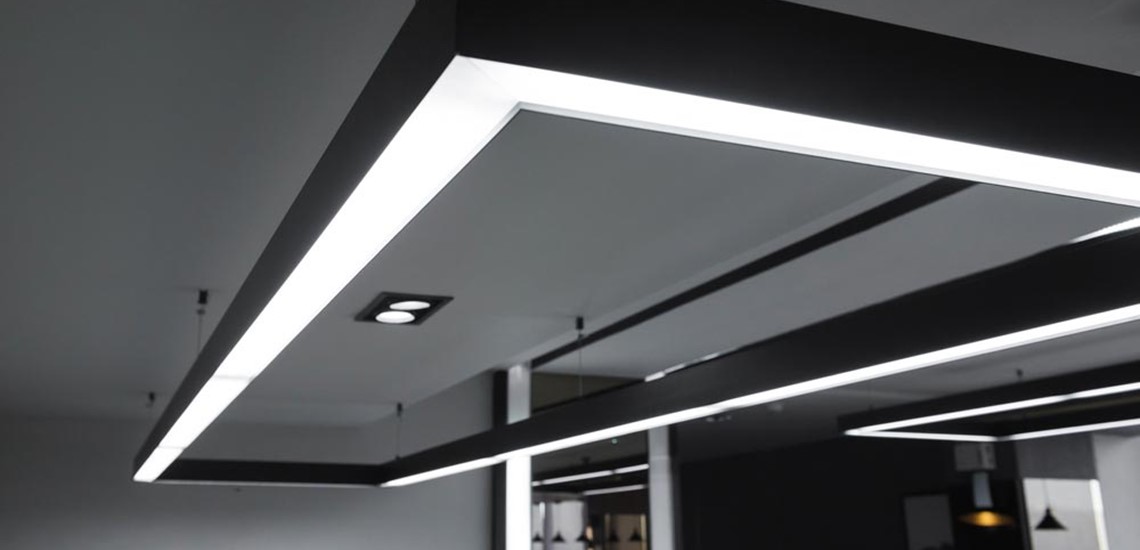Contact Us
Phone: 0438 597 286
Admin: 0416 089 120
The Benefits Of LED Lights

When we think about the fact that lighting accounts for around 10% of residential electricity usage and around 30% of commercial electricity usage, it’s no wonder that many of us are seeking more efficient ways to manage our lighting. LED lights offer a solution to the impact of lighting on our pockets and the planet.
What is an LED light?
LED lights are designed to emit less heat than conventional globe-style lights. The design incorporates material with a low refractive index and the light-emitting diode is packaged in a sphere that minimises internal reflection, reducing the generation of heat.
Benefits of LED lighting
LED lights are more efficient
An LED light is designed to work on less power. Compared to a 60-watt bulb, an LED light can produce the same amount of light (830 lumens) for around 24% of the total wattage. This saves money and saves energy. Figures from the Energy Rating Board show that an LED bulb costs around $4 a year to run, while a traditional incandescent bulb costs around $23 to run.
LED lighting lasts longer
Of course, cost and resource saving isn’t just about actual consumption. Another key benefit of LED lighting is that the bulbs themselves last longer. This means fewer replacements which saves you money, reduces waste and reduces resource consumption.
LED lighting is safer
LED lighting produces less heat than other types of lighting. Less heat means a lower risk of overheating, which in turn means a lower risk of fire.
LED lighting is resistant to vibration
The design of LED lighting makes it more resistant to vibration than traditional bulbs. This reduces the risk of the bulb “blowing” as a result of being used in a high-impact environment such as an industrial setting. LED bulbs last longer in this type of environment, reducing the risk of light loss, and reducing the need for costly repeat replacement.
LED lighting is non-toxic
Some traditional lighting such as the type of fluorescent tube lighting you find in many commercial premises is packed with harmful chemicals including mercury. When these lights end up in landfill, the harmful chemicals leak out and contaminate their surroundings. By contrast, LED lights do not contain hazardous chemicals, and whilst they must still be disposed of responsibly so all parts can be reclaimed and reused, there is less danger of active damage if careful disposal is ignored.
Are there any downsides to LED lighting?
With any new product concerns always arise. In recent years the impact of “blue light” has raised questions about the impact of LED lighting on health. This type of light can trick the brain and damage our natural rhythms of sleep and waking. Choosing the colour temperature of lighting with care can mitigate this problem.
Get in touch
If you’d like to explore how you can use the benefits of LED lighting to help save money and reduce your carbon footprint, Zane Dick Electrical & Air Conditioning can help. We’re a fully licensed Bundaberg-based business and work across the area including Maryborough and Gladstone. You can get in touch using our contact form or give us a call on 0438 597 286.
Specialist Electrical Contractors Bundaberg
During our recent house renovations and rewiring, Zane and Scott from Zane Dick Electrical were very reliable, polite and did a great job cleaning up. I would highly recommend them.
Kim Moyle